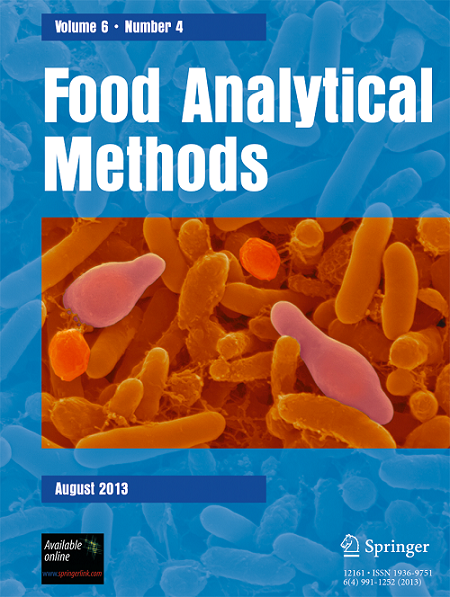Carbomer Gelation Indicator for Acid–Base Titration of Colorless, Colored, and Opaque Juice Samples
Abstract
This study explores the feasibility of using carbomer (Carbopol 940) as a novel gelation indicator for acid–base titration, in particular, for colored and opaque samples where traditional visual indicators are ineffective, focusing on the determination of citric acid content in fruit juice. The pH-dependent gelation property of carbomer in alkaline solutions was exploited to visually detect the titration endpoint. The developed method using carbomer gelation as an indicator exhibited strong linearity with an R2 value of 0.9983 and demonstrated accuracy with recovery rates near 100%. Precision was confirmed by low percent relative standard deviation (%RSD) values for repeatability and intermediate precision. The method’s detection limit (DL) was 5.83 mg and the quantitation limit (QL) was 17.67 mg. A key finding was the successful application of the carbomer gelation indicator in the analysis of colored citric acid solution and a marketed colored pomegranate juice. Comparison with the traditional phenolphthalein pH indicator method in a colorless lemon juice showed no statistically significant difference in the results (p-value > 0.05), indicating the efficiency of the carbomer method even for colorless matrices. The results suggest that carbomer gelation serves as a cost-effective and reliable visual indicator for acid–base titrations, offering a significant advantage for analyzing colored samples where the color change of conventional indicators is obscured.
Graphical Abstract

 求助内容:
求助内容: 应助结果提醒方式:
应助结果提醒方式:


